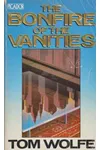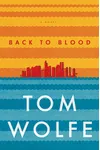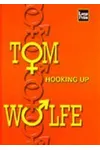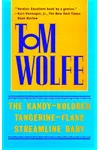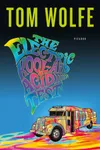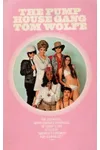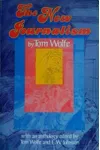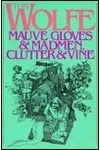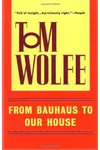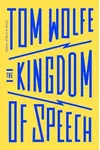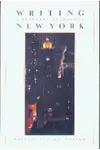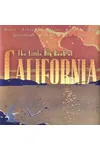Picture a sharply dressed journalist in a white suit, scribbling notes that would redefine American storytelling—meet Tom Wolfe! Known for his vibrant New Journalism style, Wolfe blended razor-sharp reporting with literary flair, capturing the pulse of American culture. From electrifying non-fiction to blockbuster novels, his work remains a dazzling lens on society’s quirks and ambitions.
Born in Richmond, Virginia, Wolfe’s journey from local reporter to literary icon was fueled by curiosity and a knack for spotting cultural undercurrents. His books, like The Bonfire of the Vanities, didn’t just tell stories—they held a mirror to America’s soul.
The Making of Tom Wolfe
Tom Wolfe entered the world on March 2, 1930, in Richmond, Virginia, where his Southern roots shaped his keen eye for detail. After earning a Ph.D. from Yale in American Studies, he dove into journalism, starting at the Springfield Union before landing at the New York Herald Tribune. His insatiable curiosity and flamboyant style—think white suits and bold prose—set him apart early on. Influenced by literary giants like Dickens and the energy of 1960s counterculture, Wolfe began experimenting with a new kind of reporting that felt like fiction but was grounded in truth.
Tom Wolfe’s Unforgettable Stories
Wolfe’s New Journalism revolutionized storytelling with works like The Electric Kool-Aid Acid Test (1968), a kaleidoscopic chronicle of Ken Kesey’s Merry Pranksters and the psychedelic movement. His vivid, immersive style made readers feel like they were riding along on the Pranksters’ bus. The Right Stuff (1979) soared into the lives of America’s first astronauts, blending technical precision with heroic swagger, earning critical acclaim and a National Book Award nomination.
Turning to fiction, Wolfe’s The Bonfire of the Vanities (1987) dissected 1980s New York’s greed and racial tensions through the fall of a Wall Street bond trader. A bestseller, it cemented his knack for social satire. Later, A Man in Full (1998) tackled ambition and morality in Atlanta, showcasing his ability to weave sprawling narratives. Wolfe’s style—marked by onomatopoeia, frenetic pacing, and deep cultural insight—made every page pulse with energy.
His essays, like those in The Kandy-Kolored Tangerine-Flake Streamline Baby (1965), captured fleeting trends with lasting wit, from custom cars to Las Vegas excess. Each work was a masterclass in observing humanity’s absurdities and aspirations.
Why Tom Wolfe Matters
Tom Wolfe didn’t just write—he reshaped how we tell stories. His New Journalism inspired generations of writers to blend fact and flair, influencing magazines, books, and even film. His novels, sharp and satirical, remain timeless critiques of ambition, class, and culture. Wolfe’s fearless dive into America’s psyche—whether through astronauts, hippies, or tycoons—earned him a lasting place as a literary trailblazer. His death in 2018 only amplified his legacy, as readers continue to find truth in his electric prose.
- Born: March 2, 1930, Richmond, Virginia
- Key Works: The Electric Kool-Aid Acid Test, The Right Stuff, The Bonfire of the Vanities
- Awards: National Book Award nominee, American Academy of Arts and Letters member
- Died: May 14, 2018
About Tom Wolfe
Ready to dive into Wolfe’s world? Grab The Bonfire of the Vanities and buckle up for a wild ride through his sharp, stylish universe!
